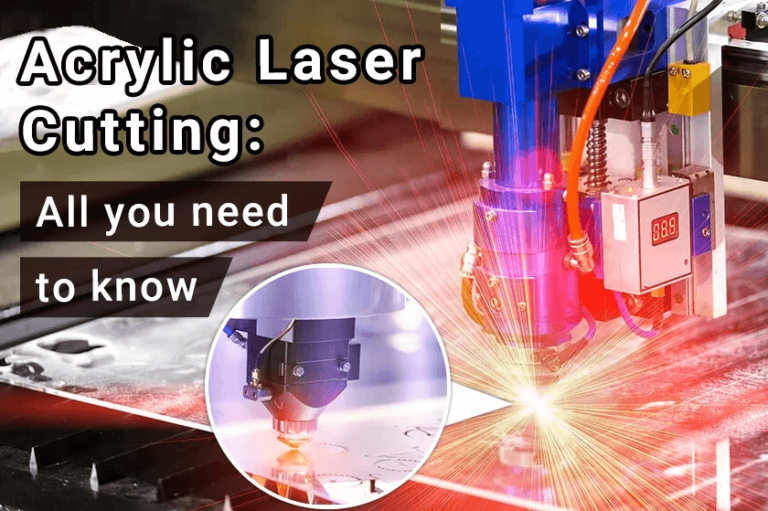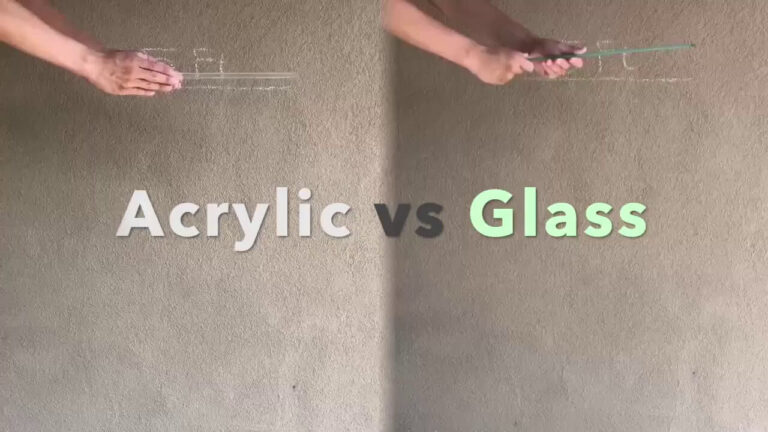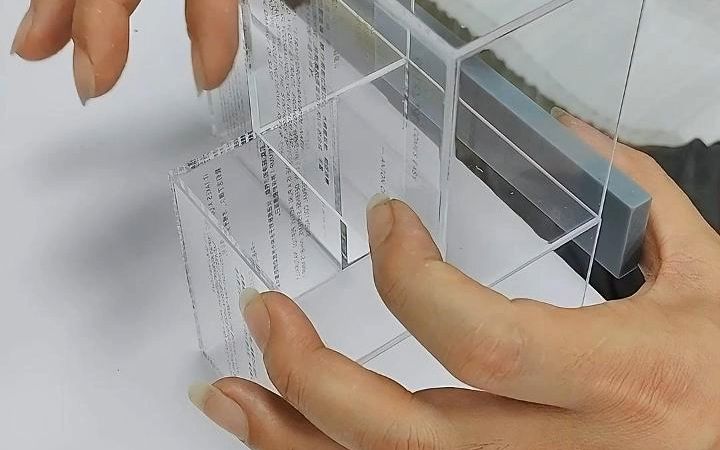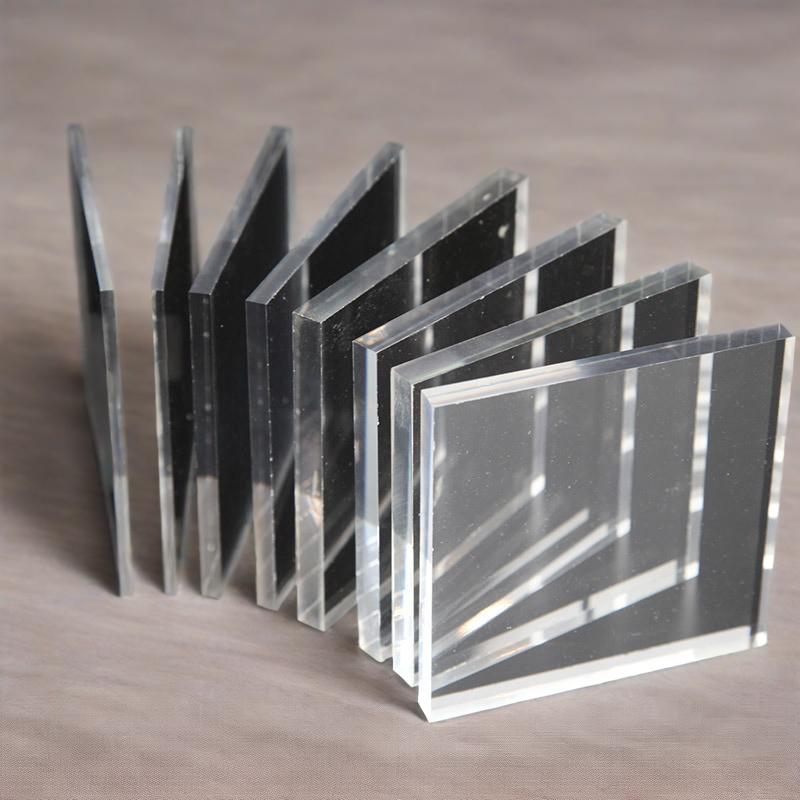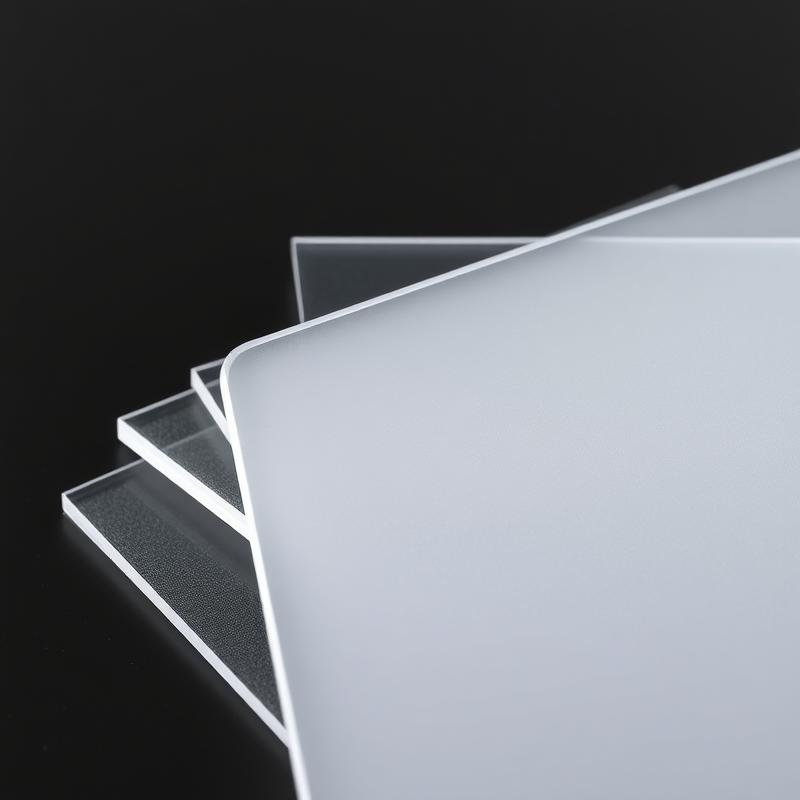-
Zona di sviluppo Xinqi, Leliu, Foshan, Guangdong
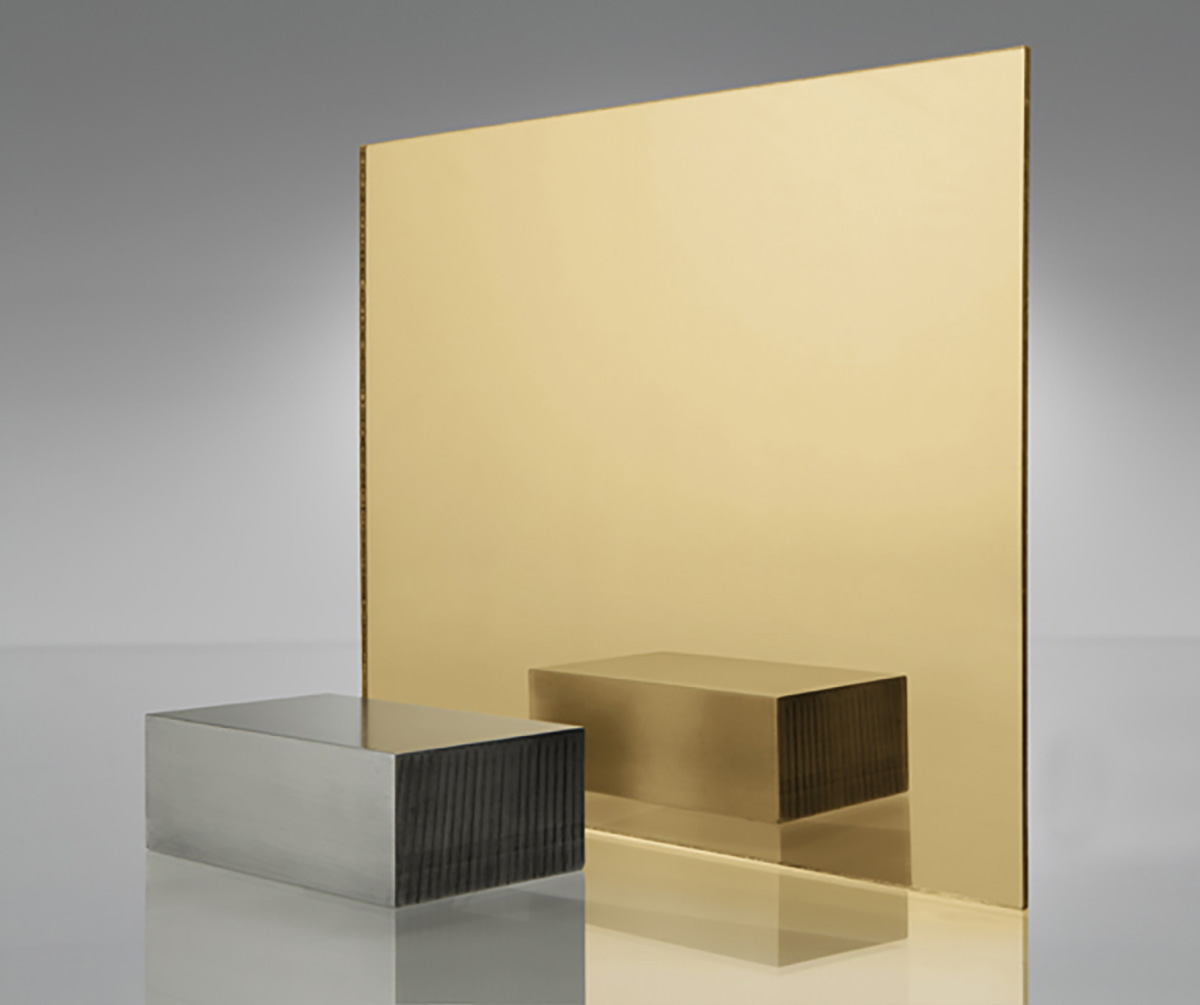
Guida definitiva ai pannelli a specchio acrilici: vantaggi e usi
Astratto:
Nella ricerca di sicurezza, estetica e funzionalità nel design moderno, pannelli a specchio acrilici stanno sostituendo gli specchi di vetro tradizionali a un ritmo senza precedenti. La sua leggerezza, infrangibilità, lavorazione flessibile e facile manutenzione hanno iniettato una potenza innovativa in varie scene come casa, affari e arte. Questo articolo analizza il valore sovversivo dei pannelli a specchio acrilici attraverso sei dimensioni fondamentali, rivelando la sua inevitabilità di diventare la prima scelta per il design futuro.
1. Rivoluzione della sicurezza: le caratteristiche infrangibili creano uno spazio senza preoccupazioni
La struttura molecolare dei pannelli a specchio acrilici gli conferisce un'eccellente resistenza agli urti. Anche se viene colpito duramente, il rischio di rottura è molto inferiore a quello degli specchi di vetro tradizionali e vengono prodotte solo crepe smussate anziché frammenti pericolosi. Questa caratteristica lo rende una scelta ideale per aree ad alto traffico o sensibili alla sicurezza come le stanze dei bambini, le palestre e i centri commerciali. Secondo i [dati della National Glass Association] (https://www.glass.org/), negli incidenti con lesioni causati dalla rottura accidentale del vetro architettonico, le alternative acriliche possono ridurre i rischi per la sicurezza di oltre il 90%.
2. Vantaggio di leggerezza: sovvertire i limiti di installazione e trasporto
La densità dei pannelli a specchio acrilici è solo la metà di quella del vetro (circa 1,18 g/cm³), il che riduce notevolmente i costi di trasporto e installazione. Uno specchio di vetro da 1 m × 2 m e 3 mm pesa più di 30 kg, mentre lo stesso pannello a specchio acrilico pesa solo circa 7 kg. Questa caratteristica di leggerezza consente ai designer di realizzare la creatività in aree tradizionali con specchi limitati come soffitti e pareti curve. Ad esempio, l'installazione artistica londinese "Cloud Mirror" utilizza la sua leggerezza per fluttuare nell'aria, creando un'illusione di assenza di peso nello spazio.
3. Libertà di lavorazione: il taglio termoplastico sblocca i confini del design
I pannelli a specchio acrilici possono essere facilmente piegati a freddo (lavorazione a freddo) o formati termoplasticamente (lavorazione a caldo). Attraverso un riscaldamento controllabile (circa 150-160 ℃), la piastra può essere piegata in archi complessi, offrendo possibilità illimitate per interni di automobili e sculture artistiche. Non è necessario un tagliatore di vetro professionale per tagliarlo e un fai-da-te preciso può essere completato con un coltello a gancio e un righello. Il test di laboratorio del noto fornitore di materiali [PLEXIGLAS®] (https://www.plexiglas.com/experience/en/expertise/material-properties/) dimostra che la stabilità dello strato riflettente della sua lente acrilica dopo la termoplasticizzazione è ancora del 98%.
4. Resistenza ambientale: il rivestimento anti-UV resiste all'erosione del tempo
I pannelli a specchio acrilici di fascia alta sono retro-placcati con argento e rame, verniciati due volte e ricoperti con uno speciale strato anti-UV. Questa struttura può riflettere efficacemente il 98% dei raggi ultravioletti, evitando i problemi di ossidazione dello strato d'argento e di distacco del bordo nero che sono inclini a verificarsi negli specchi di vetro ordinari. I test di esposizione in Florida dimostrano che il tasso di ritenzione della riflettività a 10 anni dei pannelli a specchio acrilici di alta qualità supera l'85%, mentre gli specchi di vetro ordinari sono inferiori al 70%.
5. Manutenzione economica: le proprietà autoriparanti riducono i costi a lungo termine
I materiali acrilici hanno la capacità di autoriparare piccoli graffi: le molecole superficiali scorrono lentamente a temperatura ambiente per riempire i danni superficiali. La pulizia quotidiana richiede solo un panno morbido umido e un detergente neutro, evitando solventi alcalini forti come l'ammoniaca. Al contrario, la riparazione dei graffi dello specchio di vetro richiede una lucidatura professionale, che è costosa. Secondo le statistiche della Building Maintenance Association, il costo di manutenzione dei pannelli a specchio acrilici durante l'intero ciclo di vita è inferiore di circa il 40% rispetto a quello degli specchi di vetro.
6. Sostenibilità: la produzione verde guida l'onda della protezione ambientale
I pannelli a specchio acrilici sono riciclabili al 100%. La tecnologia moderna realizza una produzione a ciclo chiuso polimerizzando il monomero di metilmetacrilato (MMA) e le emissioni di carbonio sono inferiori del 35% rispetto alla produzione di vetro. L'organizzazione internazionale per la protezione ambientale [Green Building Council] (https://www.usgbc.org/) include i pannelli a specchio acrilici nelle voci bonus della certificazione LEED, riconoscendone l'importante valore nella promozione dello sviluppo sostenibile degli edifici.
Conclusione:
Dalla protezione della sicurezza all'espressione artistica, dal controllo dei costi all'eco-compatibilità, i pannelli a specchio acrilici hanno costruito un linguaggio di design moderno insostituibile con sei vantaggi fondamentali. Non è solo l'evoluzione dei materiali, ma anche il cambio di paradigma dell'estetica spaziale: nello specchio di luce, vediamo non solo immagini, ma anche l'incessante ricerca della sicurezza umana, della libertà e del futuro sostenibile. Quando il design si libera dalle pesanti catene del vetro, la creatività può essere estesa all'infinito alla luce dell'acrilico.
Progettazione abilitata dai dati Rivoluzione della leggerezza: la densità dell'acrilico è solo 1/2 del vetro e il consumo di energia per il trasporto è ridotto del 60% Aggiornamento della sicurezza: la resistenza agli urti è 10 volte superiore a quella del vetro e il tasso di incidenti negli spazi pubblici è ridotto del 90% Confronto della durata: gli specchi acrilici di alta qualità hanno una durata all'aperto di 15 anni e il rapporto costo-efficacia è superiore del 40% rispetto al vetro

